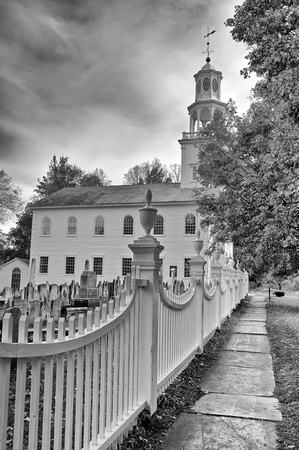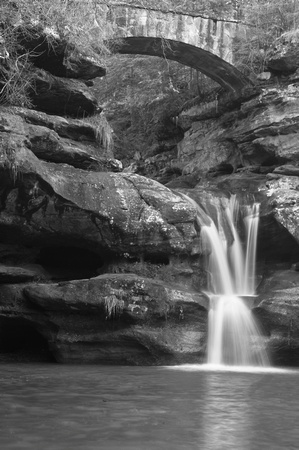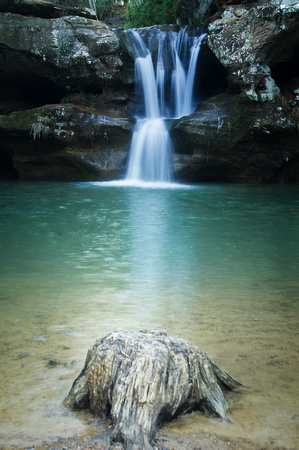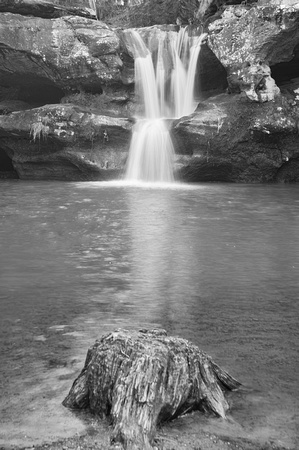All,
Thank you for the comments.
Believe it or not, the camera did appear to be level. I know it doesn't look like it but that is because, as I have determined from numerous shoots, that bridge ain't. It always throws the image into a bit of confusion but, when I try to make the appear level, the shot feels "weird" to me. However, the comments about the water do make me wonder if those levels are sufficiently sensitive as I can see what you are talking about there. I'll tweak that in Lightroom when I edit.
Andy, I do use a variable ND and I use it for exactly as you mentioned, to extend exposures for moving water. I do apologize but I am lacking a bit of vernacular, what is a "PZ" filter? I actually took the RAW materials (I made a photography punny

) for HDR but wanted to, as I always do, see if there was an "out of the camera" solution. I share your view of much of the HDR examples out there and have to confess to struggling with keeping my own HDR images in my chosen realm of "idealized reality". Instead they end up being, as you said, cartoonish. I use Nik for them and need to play with that toolset more as I have seen images where people have done HDR well.
Al, I did a straight B&W conversion so that people could opine on the image and not my editing. I do typically edit a color image with B&W in mind, convert in Silver Efex [sp?] and add additional tweaks using some of its capabilities. Here is one what I did where I had, what appeared to be, an overcast sky and I used some contrast and color filter tweaks and created a forbidding sky for a bit of effect.

Still not a perfect image but quite a bit more refined (in my amateur opinion). What is your usual workflow for a B&W image (really a question for all)?
Great input on the blues from the whites, I shall try that. Sadly, I still have not fully edited these or any of the pictures from that trip so I can take all of these insights into my work. Some saturation is definitely in order. I just don't want to turn the water's color into something that would concern the EPA.
I'll also try expanding the crop. I don't have the unedited image in front of me but I'll bet I edited that way due to either clutter or the presence of a short piece of rail that is used to keep people from calling from the cliff. Also possible I just over-cropped.
The stump is a bit of a pain while also being somewhat interesting (not unlike myself). It has probably been stood upon, tripped over, kicked or otherwise marred about a million times. That whiting is the effect of the wood being worn down and worn smooth. It looks very white in reality too. That being said, it is still probably a bit over exposed and let me see what I can do with that and next time I will try the water trick and see what I can get out of that. Great idea.
I do have some low angle shots of the stump but I didn't like them as well as I had hoped. I do think I'll try some more when I go next. I also shot some with the stump and falls at a diagonal (as I try to learn what works and what doesn't [both to me personally and within the accepted art form] I try angles that appeal to me, that seem to offer something I can build on and that I know to be "correct" so I shoot quite a bit). I think they suffered due to clutter elsewhere but I'll revisit in editing.
Thank you all for the comments, suggestions and thoughts. I'll try to find some mouse time and see if I can present a v2 with all of this in mind.




